The Meizu PRO 5 Review
by Matt Humrick on June 24, 2016 8:00 AM EST- Posted in
- Smartphones
- Exynos
- Mobile
- Meizu
- Exynos 7420
Final Words
The Meizu PRO 5 was released towards the end of 2015, and it’s tempting to dismiss it now that we have a new generation of phones to choose from. Meizu even added a new member to the PRO family in the form of the PRO 6 recently, released only about half a year after the PRO 5. For now though, Meizu will continue to sell the PRO 5 alongside the PRO 6, which makes some sense. The two phones use different size 1080p SAMOLED displays, 5.7-inch for the PRO 5 and 5.2-inch for the PRO 6, giving customers different size options, and the PRO 5 will of course be less expensive. Even when compared to newer phones in its price range, like the just recently announced OnePlus 3, the PRO 5’s specifications still hold up pretty well.
When the PRO 5 first appeared, its Exynos 7420 SoC was the highest performing silicon available for Android phones. Since that time, a whole new generation of SoCs were introduced, including HiSilicon’s Kirin 950/955, Qualcomm’s Snapdragon 820, and Samsung’s Exynos 8890, that offer better performance at least in some metrics; however, the older Exynos 7420 is still very capable, especially for general system tasks that rely on the CPU. It helps the PRO 5 keep pace in our web-based JavaScript tests, and with the help of the PRO 5’s fast UFS 2.0-based internal storage and whatever software tweaks FlymeOS includes, gives the PRO 5 some of the fastest times for launching and switching between apps. Its GPU cannot match the peak performance of newer parts, but it’s still fast enough for current games. Overall, the PRO 5 still feels like a modern flagship phone.
The PRO 5’s high-resolution 21MP rear camera captures nicely detailed images and generally handles exposure and white balance well, although it leans towards brighter exposures in medium-light scenes. In good lighting, the PRO 5’s image quality is competitive with other flagship phones. And while its image noise is average for a phone camera, the lack of OIS keeps it from matching the low-light performance of more expensive phones such as the Galaxy S7. Unfortunately, the PRO 5’s HDR mode is disappointing, making overexposed areas worse and greatly exaggerating colors.
The PRO 5’s greatest strength, and what really sets it apart, is its great-sounding audio. While its external speaker seems better tuned for voice calls and movie dialogue rather than music, its headphone output is the best I’ve ever heard. Inside the PRO 5 are two distinct headphone audio circuits: one path is similar to what’s found in most smartphones, but the second path, which Meizu dubs “Hi-Fi Sound 2.0,” includes higher-quality hardware that sounds better and is even capable of driving higher-impedance headphones.
No smartphone is perfect, however. The PRO 5’s weak point is its 5.7-inch SAMOLED display, whose 1080p resolution is low enough that some people will be able to notice the limitations of its PenTile pixel configuration. The panel’s maximum brightness is also pretty low even for OLED, and while the PRO 5’s grayscale and color accuracy are not the worst we’ve seen, it’s definitely not in the same league as Samsung’s Galaxy phones or Motorola’s Moto X Pure Edition.
The PRO 5 comes with Flyme 5.1, Meizu’s custom skin that runs on top of Android 5.1. We discussed the previous version of FlymeOS in our review of the Meizu MX4 Pro. The current version has a cleaner, more modern Android appearance. As is typical for Chinese OEM skins, Flyme does not include an app drawer. The usual Android back and recent apps buttons are also missing. Instead of physical or onscreen buttons, the PRO 5’s home button doubles as a capacitive button that can be assigned several different functions, although using it as a back button is an obvious choice. Swiping up from the bottom bezel brings up the recent apps menu. Personally, I find swiping far easier and more intuitive than pressing buttons on a smartphone, so I really like Flyme’s use of a swipe gesture for this common function. I really wish all Android phones used this method.
Flyme also supports lock screen gestures, including the ability to double-tap to light up the screen and swipe horizontally to change music tracks. You can also create shortcuts that automatically launch apps of your choosing by drawing letters on the lock screen. There’s also a persistent SmartTouch joystick button that’s always visible (opacity is adjustable) that can be assigned different tasks. For example, it can work as a back button by tapping it, an app switcher by swiping left or right, and will pull down the notification shade by swiping down, a useful feature if you cannot reach the top of the screen with one hand.
Flyme needs some additional polish, however. While it did not affect the limited number of apps I tried, the DVFS bug when using the PRO 5’s Performance power mode, which causes erratic performance in PCMark, could interfere with third-party app performance. The camera app’s inability to rotate the UI into landscape mode and lack of an HDR toggle on the main screen are additional examples. Fortunately, most of the Chinese translation problems have been cleaned up in the international version of FlymeOS, which are still prevalent when using English in the China specific version (shown below).
Despite a few shortcomings, I rather like the PRO 5. Sure, without LTE support and an OS that’s not tailored to western conventions, it’s not the best choice for North American customers. But it’s still a viable option for other markets depending on price. The PRO 5’s good performance, decent camera, and average battery life keep it competitive with other phones in this price range. A great fingerprint sensor and excellent audio help it stand out. The only thing really holding it back from being a great phone is the display and a general lack of polish in areas like the camera processing.


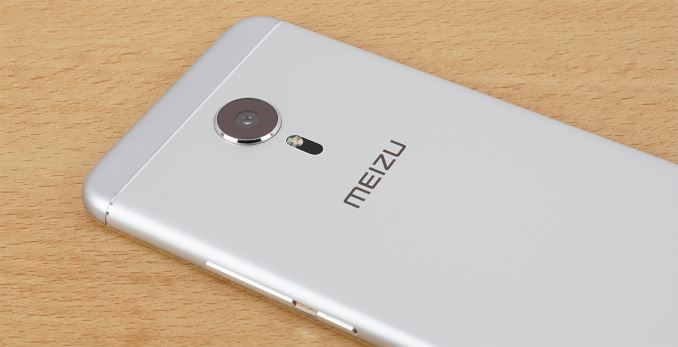
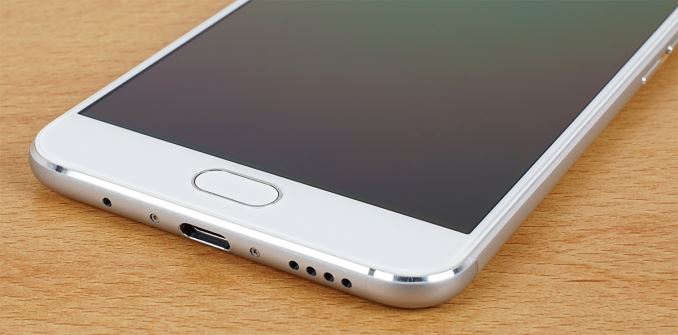
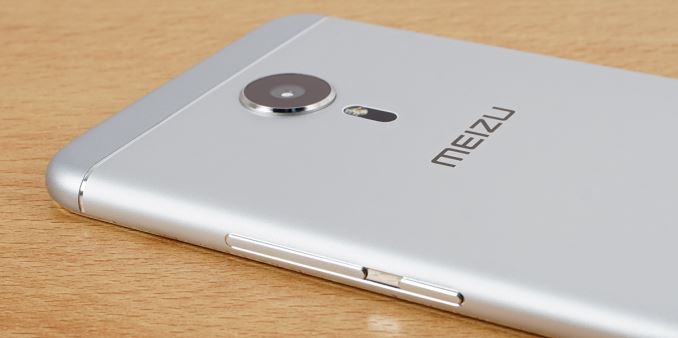
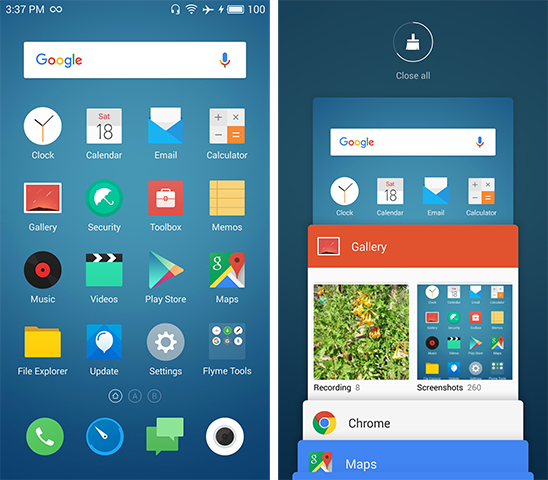

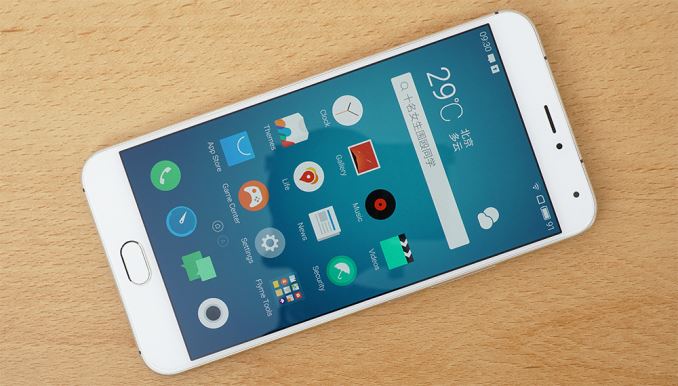








80 Comments
View All Comments
Impulses - Friday, June 24, 2016 - link
Yup, personally I don't care much for these reviews (unless the devices are more readily available in the USA) but I don't mind them either (the audio part here was very interesting!) AND I DO remember reading requests for Meizu/Xiaomi/etc reviews for a long long time in the comments section of older reviews... I've no doubt Andrei is right as far as the existing demand for this content.jimbo2779 - Friday, June 24, 2016 - link
I think it's great to see brands that are not just us centric.aryonoco - Friday, June 24, 2016 - link
Thanks Andrei.I have no problems with phones targeting different markets being reviewed. In fact as someone from Australia, I like that AT seems to be less NA focused recently.
Can I just ask that reviews list the LTE bands supported clearly in the spec table? It really is as important as storage or camera spec, at least. I know which bands my carrier uses, so if the LTE bands are listed, I'd know if the phone is useful for me or not. Sometimes finding exactly the LTE bands that some of these Chinese phones support is not at all east.
asfletch - Monday, June 27, 2016 - link
At least most Chinese phones support band 3, which is common to all the major carriers here in Australia. Makes them much more attractive for us than for US buyers. Many also support Band 40, which is used by Optus. Support for Bands 5 and 28 is rare though, so we tend not to get the fastest available service on Chinese handsets.LiverpoolFC5903 - Tuesday, July 5, 2016 - link
Thank you!The likes of Meizu, Xiaomi,Oppo, Vivo, Huawei, ZTE, One plus and others have a lot of good stuff to offer and at mostly great prices.
Keep doing what you are doing, love the content on here.
andychow - Sunday, June 26, 2016 - link
I agree with you %100. Anandtech doesn't review %20 of available phones, why would they review phones incompatible with North American LTE? Cover us first, then cover the in-compatible phones with a big warning. America comes first. That's the truth.more-or-less - Friday, June 24, 2016 - link
BTW to all AT editors, can you include comments using Facebook/Twitter/Google/Disqus etc., I have been reading for years, yet never wanted to create a seperate account for commenting.Impulses - Friday, June 24, 2016 - link
Disqus is annoying AF... IMO Only good part about it are email notifications, but it loads slow and doesn't look that great.Eden-K121D - Friday, June 24, 2016 - link
AnandTech is too goddamn lazy and lethargic to bring the S7 review part 2 or HTC 10 review or GTX 1080/70 reviwGeranium - Friday, June 24, 2016 - link
@AnandTech,Why you guys are putting Android benchmark and iOS benchmark in same chart? Aren't those different platform?